Roberto García Roa holds a PhD in Biology and is currently a scientific researcher at the University of Valencia (Spain) and at Lund University (Sweden). He is member of the prestigious International League of Conservation Photographers, and his work has been published in different media such as National Geographic, and awarded by several institutions, including the Royal Society and the British Ecological Society. As a photographer, researcher and explorer, Roberto is currently a collaborator/ambassador of Peli products.
In this interview, we ask Roberto about biology, how it influences his photography, and his award-winning career to date.
Peli: How has your background in biology influenced your photography?
RGR: Being a biologist has given me a deeper understanding of the processes and mechanisms that occur in nature, many of which often go unnoticed by significant portion of the general public: Why do some chameleons have large horns? Do all animals that live in caves depend on cave ecosystems? Why is the tip of a snake's tongue split in two? My fascination with the natural world as I tried to answer all these questions grew exponentially as I realised that my camera would help me capture in perpetuity all those places, organisms and behaviours that had hijacked my attention for decades. And better yet, I could use those images to show that reality to the rest of society. After several years as a scientist and photographer, I am totally convinced that both lines of work are not only complementary, but also helps when it comes to deciphering the wonderful natural world that surrounds us.
Peli: You are a conservation photographer. Do you believe that having some kind of “meaning” or “purpose” is important to creating impactful art?
RGR: There is no doubt about it. Regardless of the type of photography - creative, social, sport, etc. - when the image is accompanied by a certain purpose or meaning, its impact will grow significantly for the viewer. In my particular case, showing the beauty, and even the "strange" and striking nature, of the natural world is one of the ways I explore to argue for the need to know and protect nature. We need to know what happens in the natural world to be aware of what we could lose if we do not protect it. I can think of no better way to expand our knowledge of nature than through science and photography.
Peli: Can you tell us a bit more about the challenges you have to face as a scientist and photographer?
RGR: Photography and science are essential disciplines that help us portray and explain reality. However, the approximation to reality can only occur through time and reflection, something totally contrary to many of the socioeconomic dynamics that we live today. In this way, both the scientific and photographic communities struggle to survive in a world that is increasingly moving away from the idyllic setting they need to expand.
Peli: Has your photography style changed over the years as you’ve progressed? If so, how?
RGR: Definitely. When I started, photography was a simple way to take with me what I experienced in nature (e.g. rare species, special places for me or unrepeatable moments). In my day-to-day activities, I returned to those photos as a therapy with which to travel in space-time and transport myself to those moments of my past. I realised that the better my photography was, the easier that process was. Over the years, I realised that these images could also help the people around me to "travel" through nature. It was then that I realised that an image, or several, accompanied by a story, could be even more useful. At that moment I decided to take advantage of my knowledge of natural history, my experience as a writer and my photographic technique to bet on visual narrative (or visual storytelling), through which I try to make my photographs transcend accompanied by a story or information that accompanies them. Undoubtedly, if this happens within a conservation framework – even more so taking into account the current climatic and environmental emergency that we are experiencing – our contribution as photographers will be even more powerful.
Peli: Throughout your career, you have received a lot of recognition for your work. You have even been a repeat award winner in the British Ecological Society’s “Capturing Ecology” contest. Could you please tell us a bit more about it and what it meant to you winning these awards?
 RGR: The first competition I won was the overall prize of the prestigious British Ecological Society in 2015. It was then that I experienced first-hand the power that photography can have to convey a message. My photograph - of a lizard hatching from an egg - appeared in prestigious international media (BBC, CNN, The Guardian, etc.). Years later, I won this prize again with a photograph of a snake in the context of the problem of forest fires in Madagascar. This photo not only appeared in the international mainstream media, but also opened the exhibition at the Ulster Museum (Northern Ireland) for several weeks and, with it, the message that accompanied the image spread. This is especially important for those animal groups (e.g. reptiles, amphibians and arthropods) that are often vilified by society. Without a doubt, competitions can be a channel for publicising your work and, in addition, function as amplifiers of the message you want to convey. I am enormously grateful to those competitions that have rewarded my work in recent years.
RGR: The first competition I won was the overall prize of the prestigious British Ecological Society in 2015. It was then that I experienced first-hand the power that photography can have to convey a message. My photograph - of a lizard hatching from an egg - appeared in prestigious international media (BBC, CNN, The Guardian, etc.). Years later, I won this prize again with a photograph of a snake in the context of the problem of forest fires in Madagascar. This photo not only appeared in the international mainstream media, but also opened the exhibition at the Ulster Museum (Northern Ireland) for several weeks and, with it, the message that accompanied the image spread. This is especially important for those animal groups (e.g. reptiles, amphibians and arthropods) that are often vilified by society. Without a doubt, competitions can be a channel for publicising your work and, in addition, function as amplifiers of the message you want to convey. I am enormously grateful to those competitions that have rewarded my work in recent years.
Peli: What type of research material and/or photography equipment do you protect inside the Peli cases you bring with you? What are for you the benefits of using a Peli case?
When you're working in locations and conditions that push your equipment to its limits, knowing that it is fully protected is paramount. On every expedition, my photographic and scientific equipment needs to be protected from moisture and potential shocks. For example, we are currently carrying out a very ambitious scientific project in which we are trying to decipher the evolution of colour in Mediterranean lizards. In this international and multidisciplinary project, we are transporting a large amount of scientific and photographic material, as much of the data is obtained through cameras designed for the occasion. These data are obtained on different islands, many of which are very difficult to access, having to swim or climb to reach them. Doing so without adequate protection for the equipment would be unfeasible, and that's where Peli cases offer the best performance. Knowing that every piece of our equipment is fully protected allows us to concentrate on other project work, making it easier to successfully achieve our professional goals.




.png)





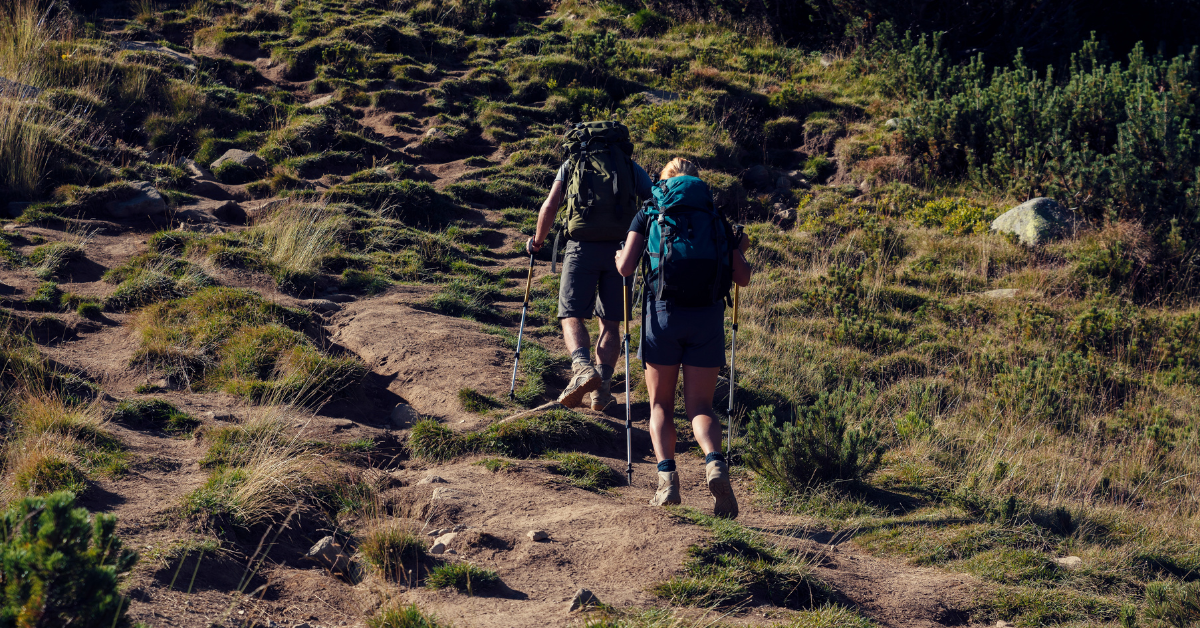

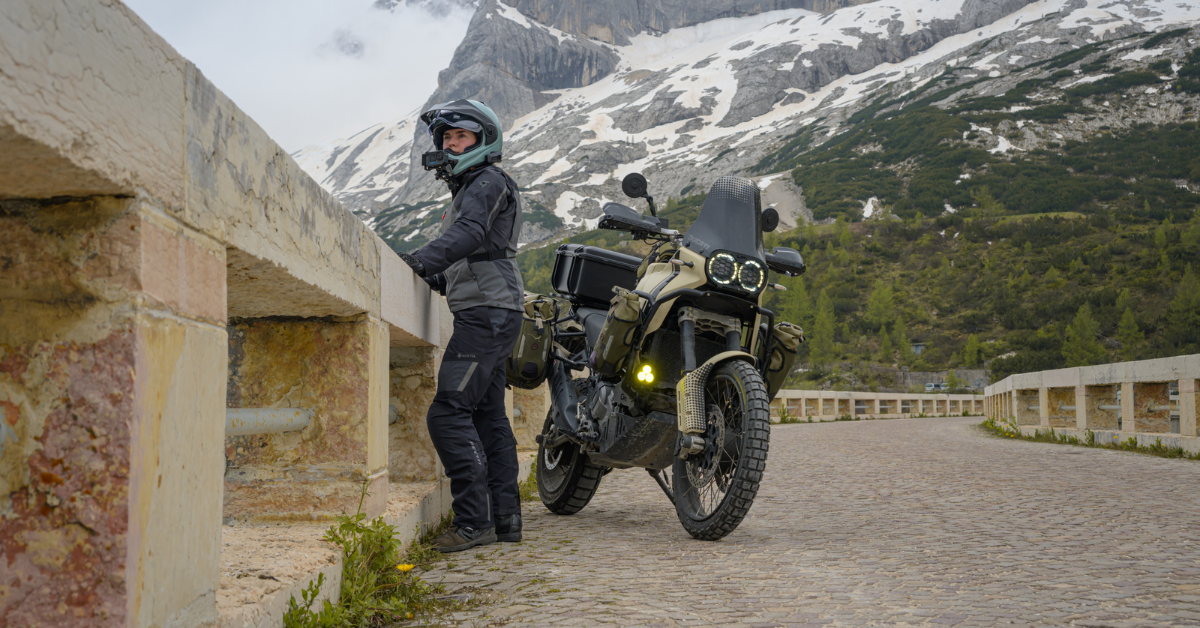
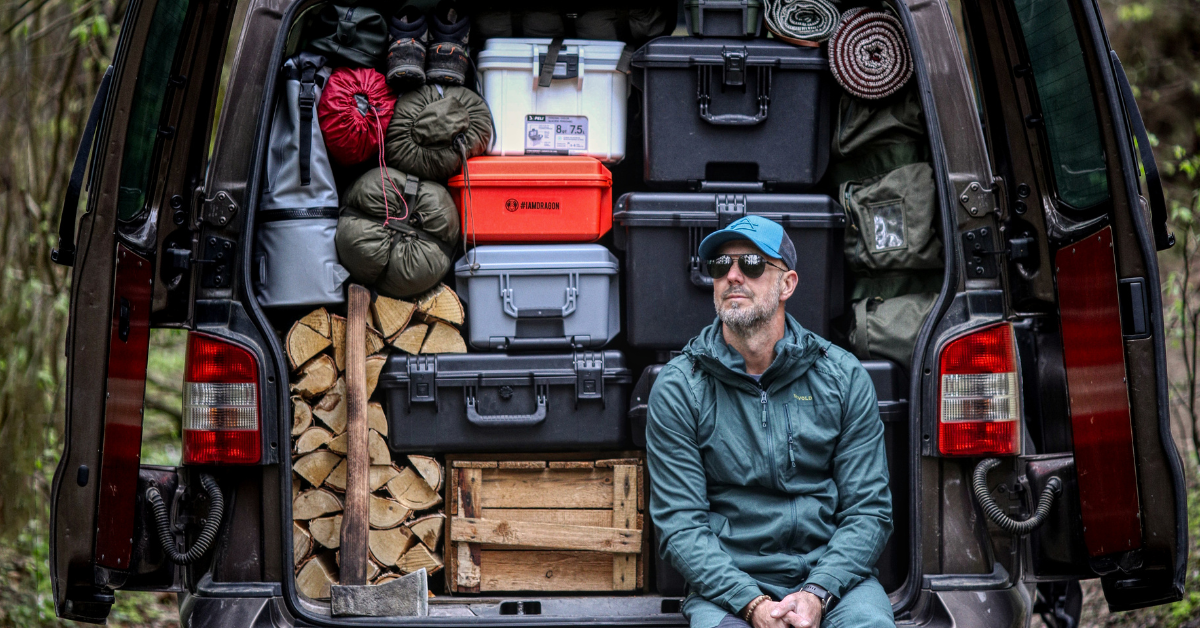
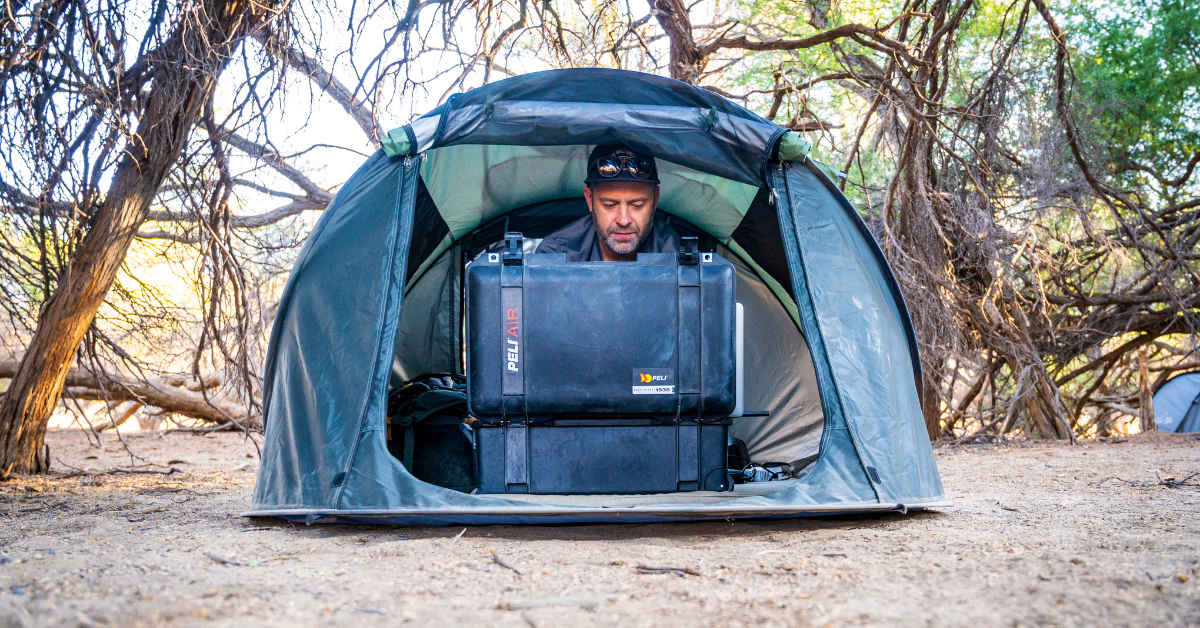
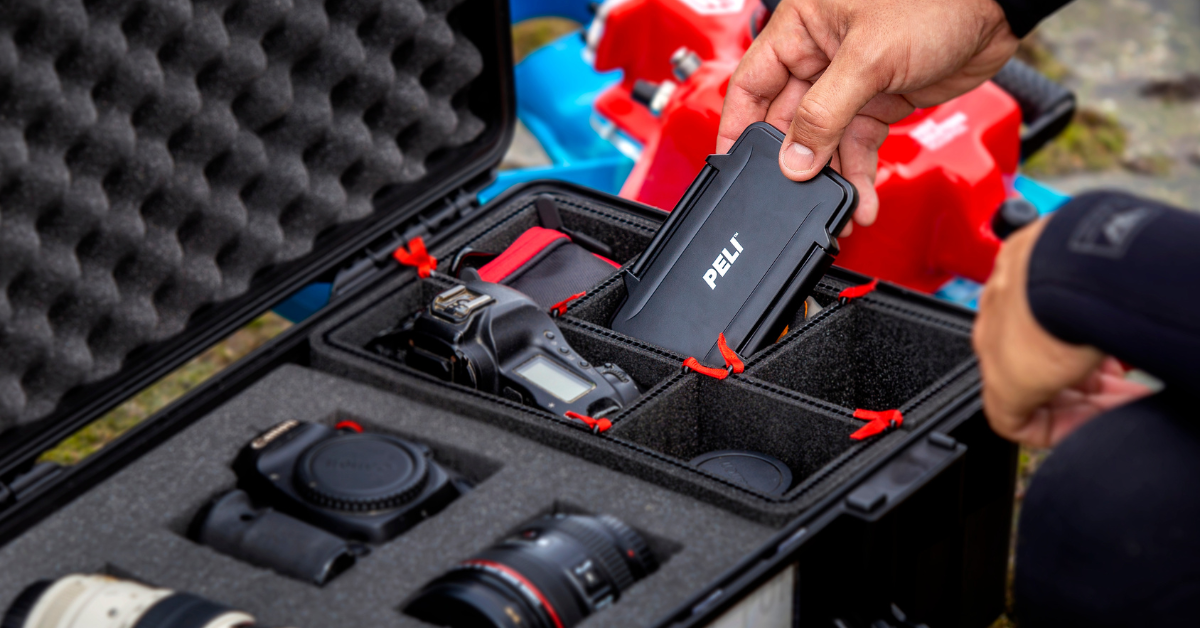
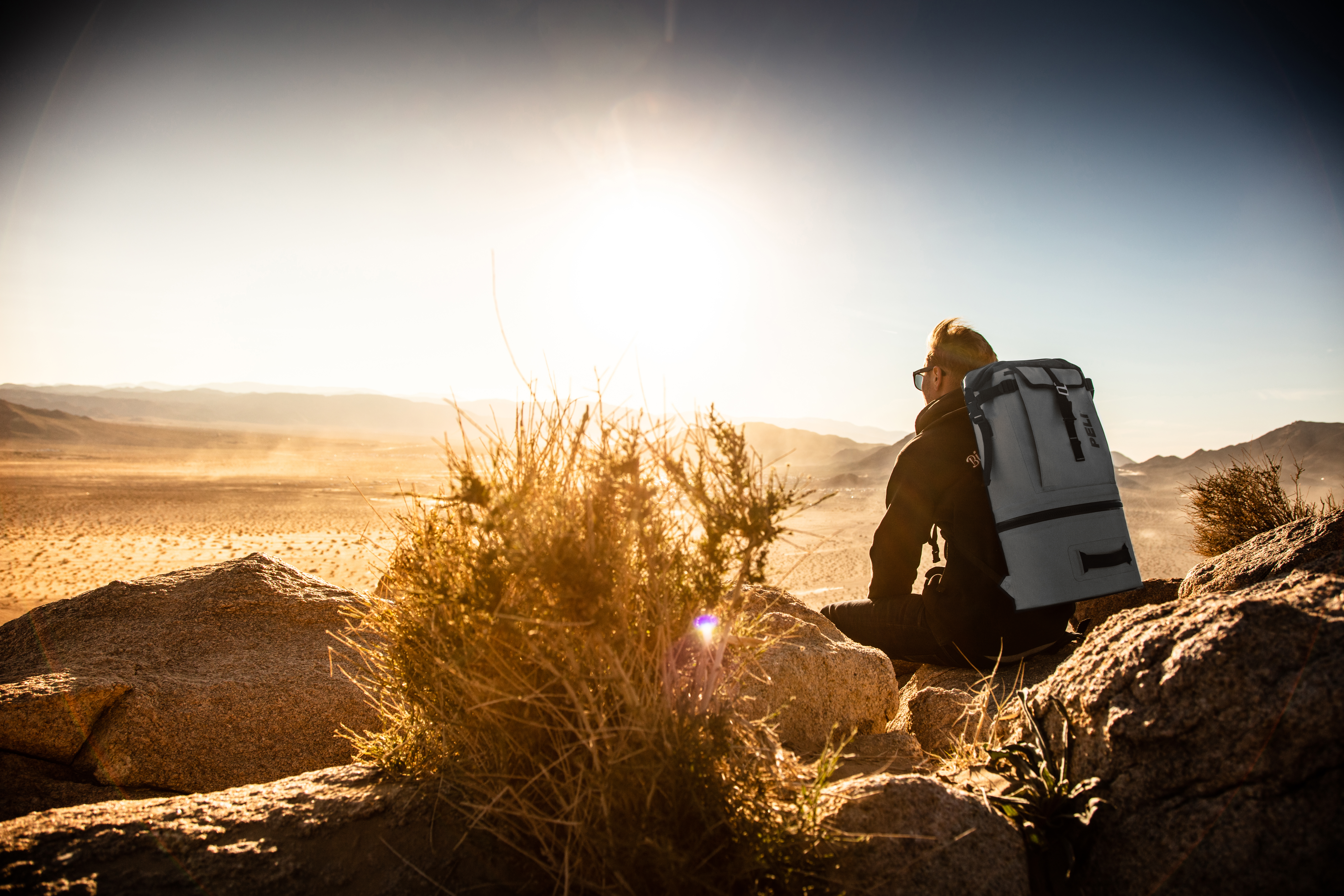

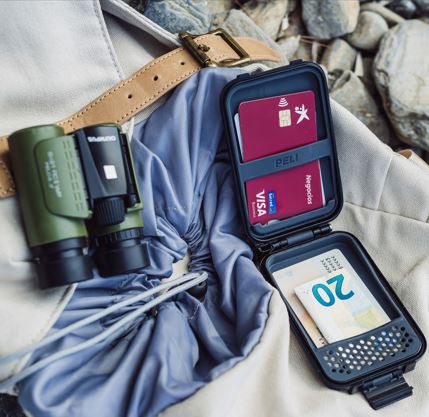

Post a comment